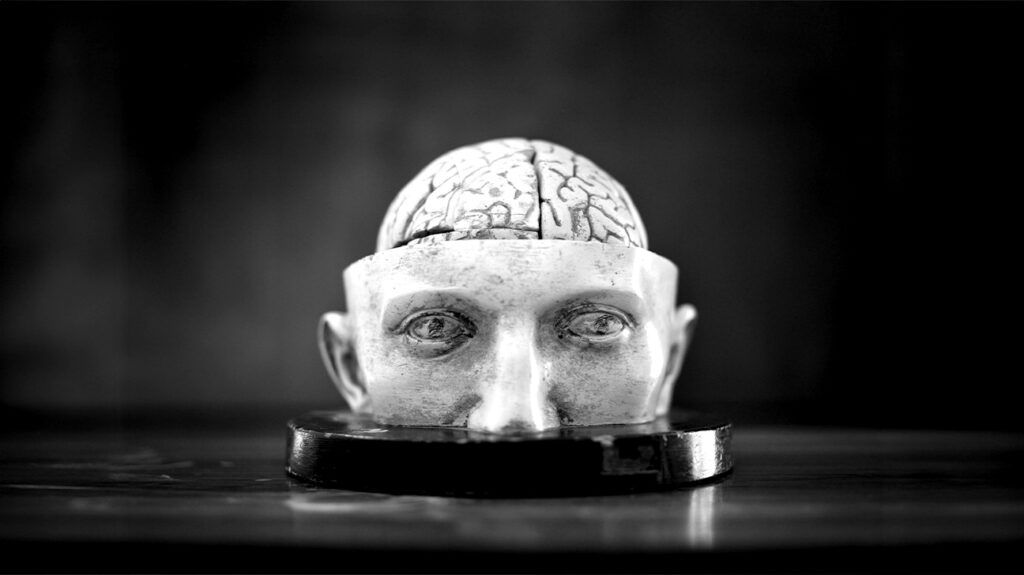Schizophrenia is a serious mental health condition and may have associations with certain brain abnormalities. This means that the brains of people with schizophrenia may differ from people with neurotypical brains.
Schizophrenia can cause a person to experience symptoms, such as hallucinations, delusions, and difficulty organizing their thoughts.
Information from the American Psychiatric Association (APA) notes that less than 1% of people in the United States have schizophrenia.
The
- genetics
- the environment
- brain structure and function
Research indicates that people who have schizophrenia may be more likely to have certain brain abnormalities than people without the condition.
This article goes over the differences between the brain structure and function of people who have schizophrenia and those who do not.

Neurotransmitters are chemical messengers that carry signals from neurons, or nerve cells, to other cells of the body. They are involved in many functions,
- memory
- emotions
- thoughts
- learning
- movement
A person’s body has various neurotransmitters, such as:
A
Glutamate
Glutamate
A theory, known as the glutamate hypothesis of schizophrenia, states that symptoms of schizophrenia occur due to an excessive release of glutamate in certain areas of the brain.
There is evidence to suggest that abnormal glutamate levels
More research states that abnormal glutamate levels may occur before a person first experiences psychosis due to schizophrenia. Psychosis is a group of symptoms that affects a person’s perception of reality. It can involve hallucinations or delusions.
Dopamine
Dopamine is a neurotransmitter that
- learning
- motor control
- reward
- emotion
- executive functions, such as self-control, time management, and planning
A study from 2018 theorizes that excess levels of dopamine in the striatum may cause hallucinations, which are a symptom associated with schizophrenia. The striatum is part of the brain that is associated with motor function, reward, and emotion.
Research from 2020 suggests that low levels of dopamine, or an issue with dopamine receptors, could cause symptoms of schizophrenia, such as a decreased ability to express emotion or issues with speech.
A person’s brain is made up of gray matter and white matter. Both types of matter have their own specific functions.
Changes in gray and white matter may be found in people who have schizophrenia. A study from 2017 found that people who have schizophrenia may have an accelerated reduction of gray matter that continues until they reach middle age. At this point, a person may experience a loss of white matter that worsens as they age.
Gray matter
Gray matter forms the outer layer of a person’s brain. It contains a
A
White matter
White matter is found beneath the layer of gray matter in the brain. It is made up of nerve fibers that allow an exchange of information between different parts of the brain.
A
Brain imaging tests can reveal structural, functional, and neurochemical differences between the brains of people who have schizophrenia and those who do not. However, brain imaging tests are
Information from the National Alliance on Mental Illness (NAMI) states that a healthcare professional can diagnose a person with schizophrenia by checking their symptoms and following their condition over 6 months.
A healthcare professional can diagnose a person with schizophrenia if they have two or more of the following symptoms:
- delusions
- hallucinations
- disorganized speech
- disorganized or catatonic behavior
- negative symptoms, such as being emotionally flat or having difficulty with speech
A healthcare professional may also ask a person about their family history. Information from 2017 notes that having a close relative with schizophrenia puts a person at more than six times the risk of developing the condition.
A healthcare professional may also use imaging tests to rule out conditions, such as brain tumors or other psychiatric conditions.
The following are answers to some questions people frequently ask about schizophrenia and the brain.
Is schizophrenia caused by too much dopamine?
Abnormalities in dopamine levels may contribute to the symptoms of schizophrenia. Research indicates that both high and low levels of dopamine may cause certain symptoms of schizophrenia to occur.
What are the three brain abnormalities found with schizophrenia?
People who have schizophrenia may have the following differences in brain structure and function:
- reduced gray and white matter density
- abnormalities in certain neurotransmitter levels
accelerated brain aging
Mental health resources
Visit our dedicated hub for more research-backed information and resources on mental health and well-being.
People who have schizophrenia may have differences in their brain structure and function compared to people without the condition. These can include abnormal levels of certain neurotransmitters and reduced gray and white matter density.
Brain imaging alone cannot diagnose a person with schizophrenia. A healthcare professional may also ask an individual about their symptoms and family history.
